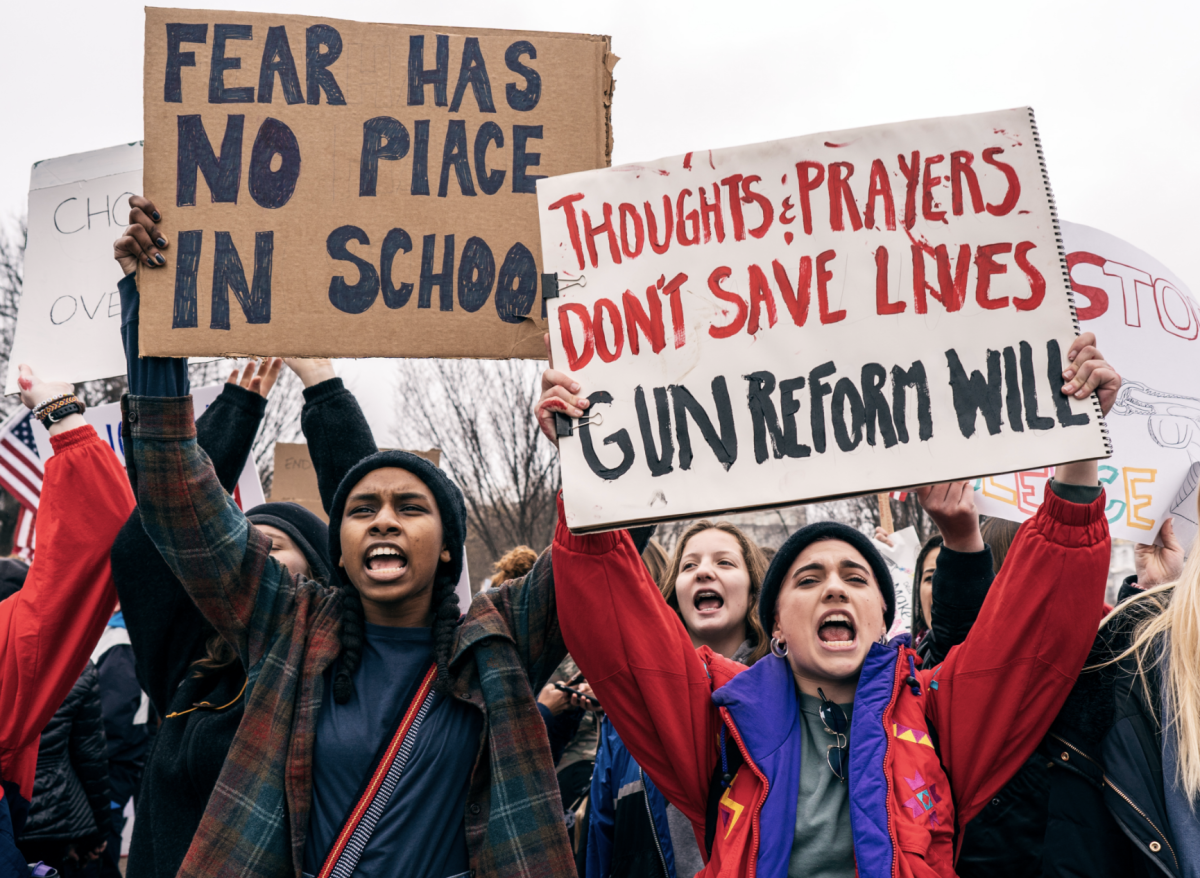As a student currently attending Drivers Education, I am scared to death of driving. Almost every Saturday at 9:00 a.m, I show up at WIS, and for three hours, about 20 other students and I listen to a police officer list the numerous ways we could die or injure another in a car crash.
Not only do they describe these scenes in impeccable detail, but they also simultaneously play exceptionally disturbing videos to almost purposely put the fear of God in us. Although Driver’s Ed destroys my appetite for the remainder of the day, I do believe it is vital. Along with learning the essential rules of the road, Driver’s Ed permanently burns the consequences of reckless driving into our brains and prepares us for the enormous responsibility that comes with maneuvering a car.
In the state of Maryland, it is required for students with their learner’s permit to attend 30 hours of in-class lessons as well as six hours of behind the wheel instruction. These rigorous courses are designed to make the roads a safer place to travel for everybody.
The primary purpose of a car is to get from point A to point B quickly and efficiently, though there can be some horrible ramifications. The U.S. population has been growing at a steady rate, yet the number of motor vehicle deaths has halved since the early 1970s. This is largely due to multiple laws put into place to regulate the use of cars, as well as mandatory Driver’s Ed in most states.
In 1965, breathalyzers were first introduced and used by police officers to test for drunk drivers. In 1984, the state of New York was the first to pass a law making seat belts mandatory. Although car accidents remain a great cause of death in teenagers, the figures have shown notable improvement.
Society places an enormous emphasis on the importance of training and protecting its drivers in order that they can responsibly handle these potentially dangerous weapons, but where is the same push for training gun owners?
Unlike a car, the sole purpose of a gun is to kill. Regardless of whether it is for protection or hunting, each and every firearm is meant to end lives. Weapons are melded together from scraps of metal, just like a car, but their goals are so very different.
Nationally, the number of motor deaths is roughly the same to that of guns, yet almost all car accidents are unintentional. The same can be said for only 1.8 percent of gun deaths. In 2014, gun deaths exceeded that of cars in 21 states and, our city, the District of Columbia, according to the Violence Policy Center.
Between the monumental school shooting at Sandy Hook Elementary School on Dec.14th, 2012, and the recent high school shooting in Parkland, Florida this Valentine’s day, over 400 people have died in more than 200 school shootings, according to the New York Times. This staggering figure continually raises the question of stricter gun laws, though our politicians chose to send out the infamous “thoughts and prayers” tweet rather than making a change.
This extremely controversial topic of regulating guns begs me to question what is wrong with our nation’s policies and priorities. If there are numerous regulations to get a driver’s license with the intention of moving around, then why is the process of buying a deliberately dangerous object so much easier with only a quick background check and absolutely no required courses?
Personally, I do not see a need for civilians to own guns at all. However, I do understand that there is a hunting culture in the United States, that people have the need to feel protected, and believe they are entitled to gun ownership through the Second Amendment. I am also realistic about the political hurdles it would take to change the views of some lawmakers who are beholden to the gun lobby. Nonetheless, as I sit through hours of classes designed to learn to maneuver a machine that is almost vital to the movement of modern life, I find it absurd that such a class is not required to own and operate a machine that causes such pain and suffering to children and their families in schools all around our country.
By Julia Brownell

































































